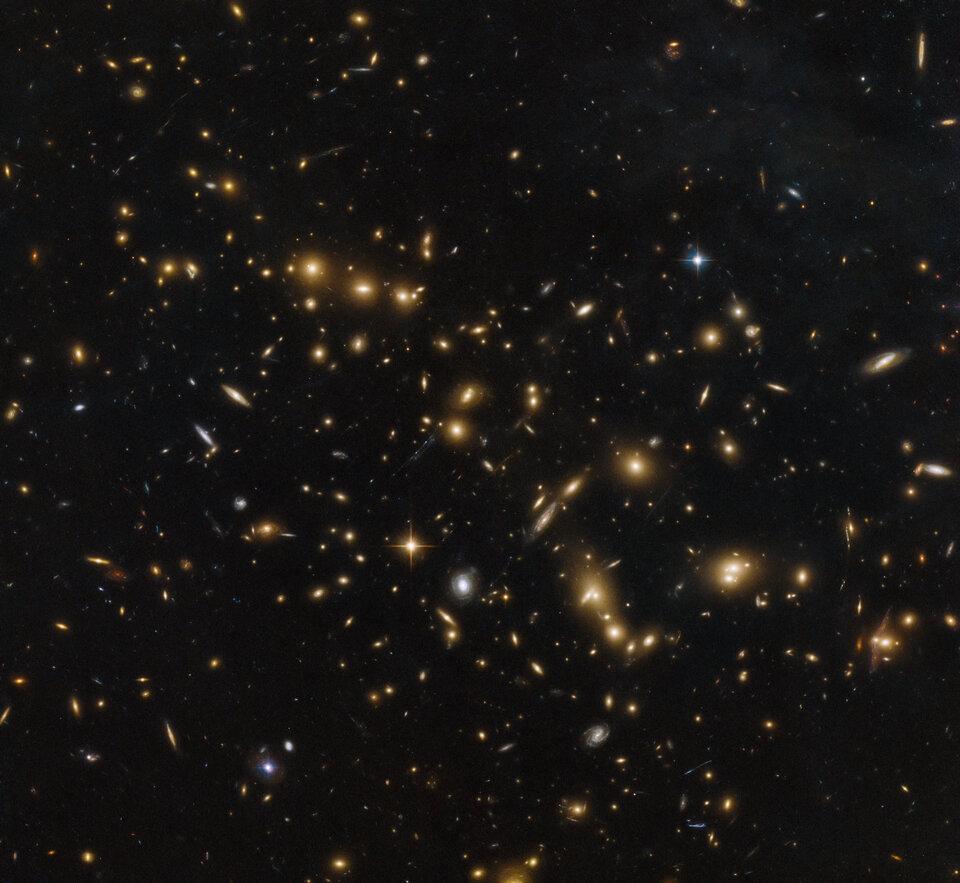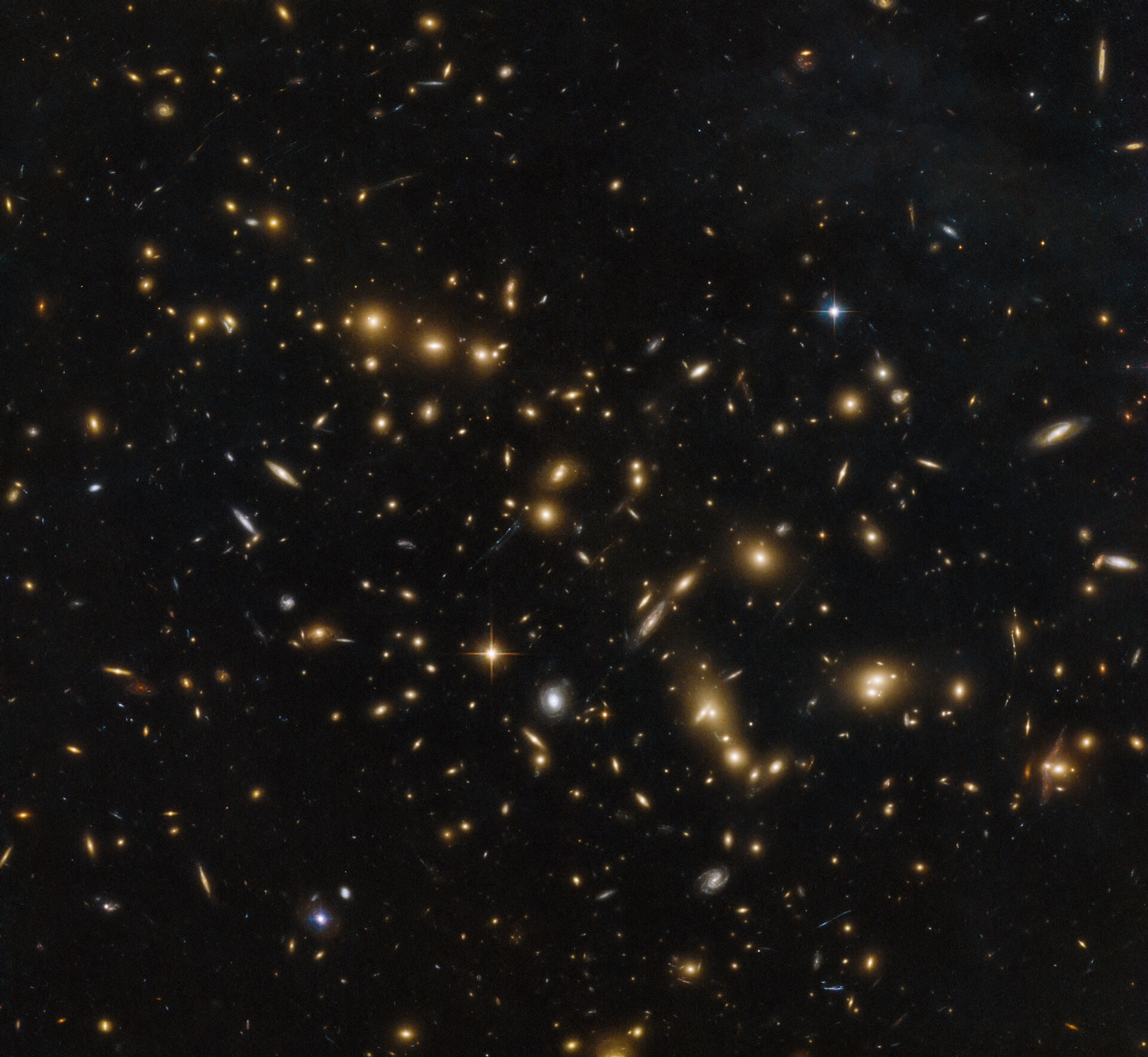From Hubble to Webb
Webb builds on the successes of Hubble, and complements the data collected by ESA’s Herschel Space Observatory as well.
This quick-look table summaries the main similarities and differences between the three missions.
| Hubble Space Telescope | James Webb Space Telescope | Herschel Space Observatory |
| NASA and ESA | NASA, ESA and CSA | ESA |
| Orbiting Earth at an altitude of approximately 570 kilometres | Orbiting the second Lagrange point (L2), roughly 1.5 million kilometres from Earth | Orbiting the second Lagrange point (L2), roughly 1.5 million kilometres from Earth |
| Serviceable and accessible by the NASA Space Shuttle; 5 servicing missions were conducted | Not serviceable | Not serviceable |
| Observations at ultraviolet and optical wavelengths (with some infrared capability) | Observations in the near- and mid-infrared | Observations in the far-infrared |
| 2.4-metre-diameter primary mirror | 6.5-metre diameter-primary mirror | 3.5-metre-diameter primary mirror |

Webb sees in infrared wavelengths, which allows astronomers to observe distant objects. As a result of the expansion of the Universe, very distant objects are highly redshifted (their light is shifted towards the redder end of the spectrum) and so infrared telescopes are needed to study them. While Hubble allows us to peer back to 'toddler' age galaxies, Webb will have the capability to study 'baby' galaxies, the first to form in our nearly 14 billion year old Universe.


